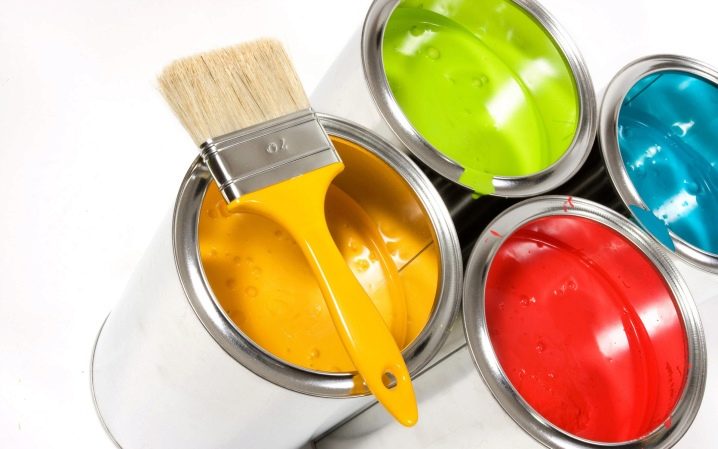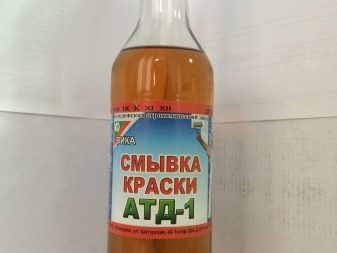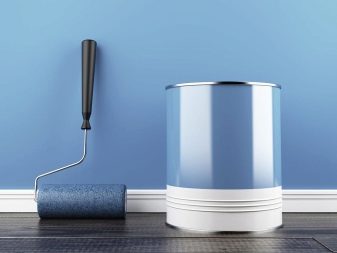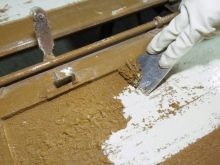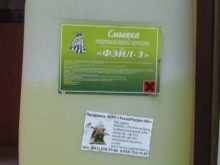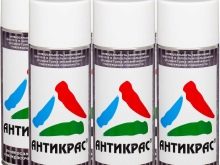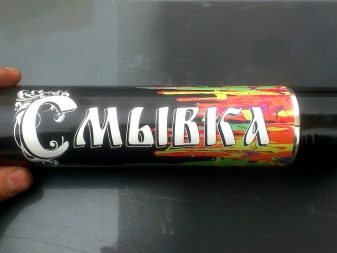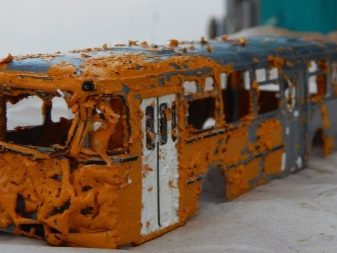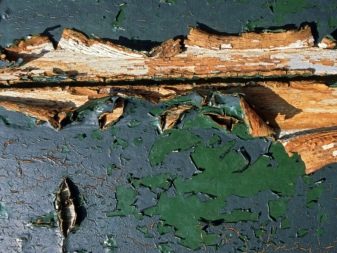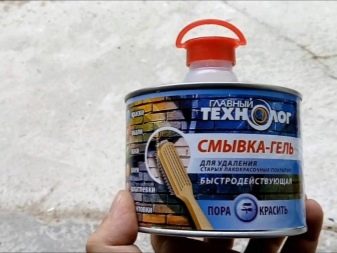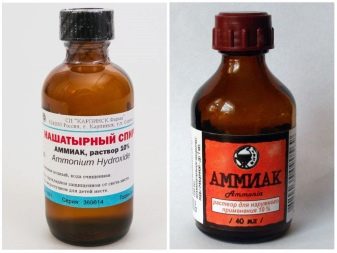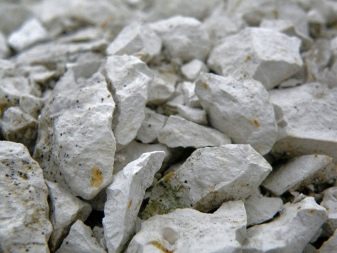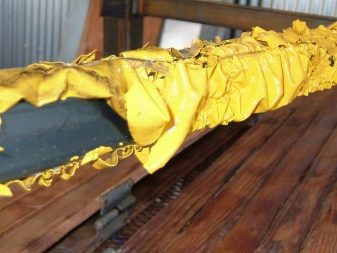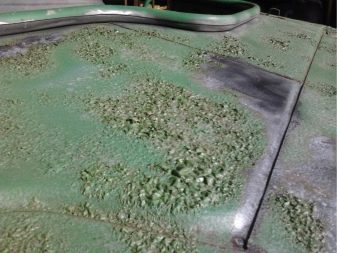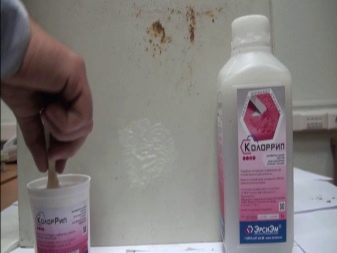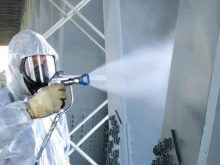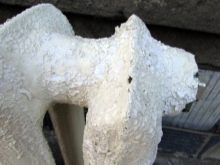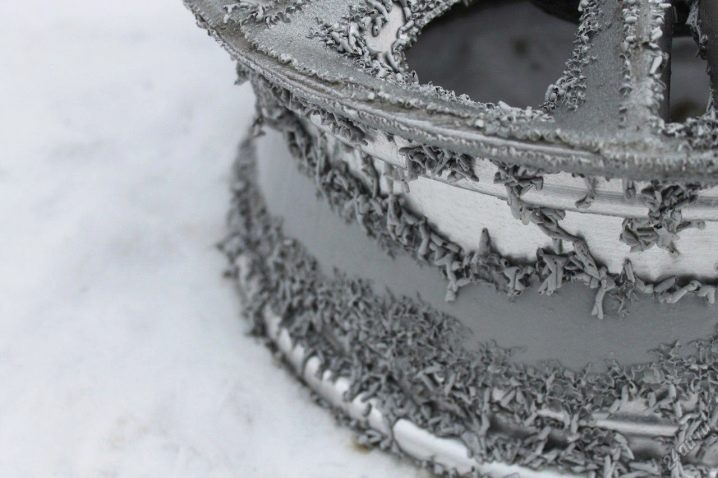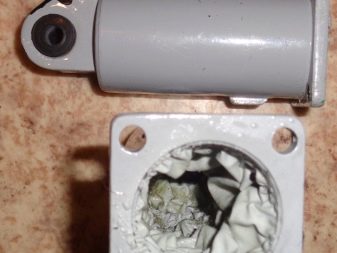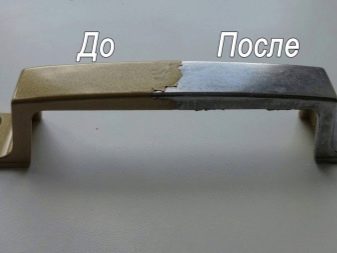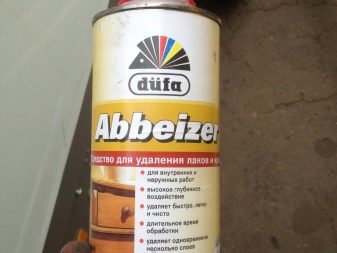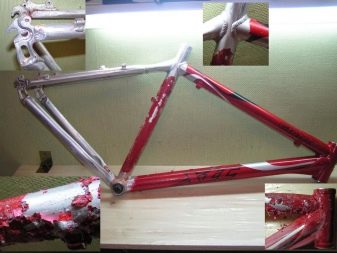Paint remover from metal: types and composition of liquids
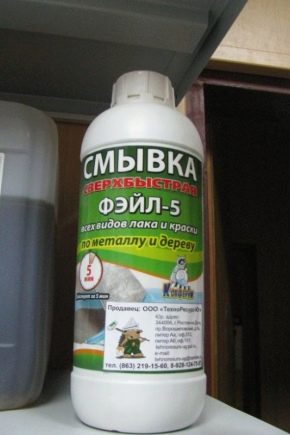
Repair is a small life, which, by the way, can originate both in the old family nest and in the newly built dwelling with a fine finish. Since people are not always sufficiently satisfied with the internal technical and visual condition of the living space, they begin their titanic work on introducing a piece of their soul into the interior, remaking everything that was before them. But not all internal works are easy to change. For example, before proceeding to painting interior parts, you should get rid of the old paint, primarily on metal surfaces.
In this situation, logic, fearlessness and action come to the rescue.In fact, the first thing that comes to mind is chemistry. But it is not her only ... Let's try to understand the varieties and methods of cleaning metal from paint, than this or that method can be better, better and more reliable.
Kinds
In order not to get lost in the store of building materials, you should find out how to remove paint from metal.
Three types of this action will push you to the right decision:
- Mechanical method. A rough, long, heavy, conservative way of deliverance. It should be resorted to if you urgently need to remove this old paint of an awful color from a metal surface, and at your fingertips - only the Bulgarian with a grinding nozzle or sharp metal spatulas.
- Thermal method It would seem that everything is simple: he heated the area, scraped off the paint. Slowly but surely, you can achieve the desired result. The method is very complicated and time consuming. Yes, and heat the metal area so that the pieces of paint began to crumble themselves, problematic.
- Chemical method. In modern times, nanotechnology is alien to not use scientific approaches.The most popular tool for removing old paint - wash. This is a special remover of various compositions that easily cope with the old paint layer on the metal.
Since such cleaners have a great variety, let us highlight the main ones that you should pay attention to when buying:
- means for removing water-based and oil paints from brick or reinforced concrete;
- universal washes - a kind of "panacea" for any kind of paint on any surface;
- powder means, they help to get rid of epoxy and polyester coatings of metal surfaces;
- express wash, which allows you to achieve an instant effect in a short time (sometimes no more than 15 minutes). These include a variety of alkali-free sprays.
- Making the right choice, you should elaborate on the composition of this washer.
Composition
Any type of cleaner contains a certain chemical minimum, which will lead to the desired result. After processing the problem area, there is a softening and peeling paint from the metal.This process lasts until the wash has evaporated. Therefore, for surfaces coated with paint in several layers, the application occurs in several stages. In order to speed up the process of rejection, in addition to the main component - caustic soda - means are added to such cleaners that help slow down evaporation: wax or paraffin. Such complex washes require “postoperative” support — degreasing before applying a new color.
Particularly noteworthy wash-gels and pasty tools. They are the most versatile and convenient to apply to any surface. There is no need to fear the high consumption of this type of cleaner. They are applied evenly, easily and rationally: do not even drain from vertical surfaces and ceilings. And at the same time with maximum efficiency.
There are also two folk remedies for exfoliating old paint from metal. The well-known caustic soda (caustic soda) ranks first on this list.
In second place is a home mini-recipe for a mixture of metal surfaces:
- 250 ml of ammonia;
- 1 l of water;
- 2 kg of chalk
10% ammonia is mixed with a liter of water, which is then added chalk. It turns out a homogeneous gruel, which is applied to problem areas. After a few hours, the paint will swell up and be cleaned from the surface. Of course, this method is very outdated, the modern market is ready to offer it to replace new, more effective means to combat undesirable paint on metal. Modern specialists quite deliberately and without fear apply in practice specialized cleaning mixtures.
Consumption
The paraphrased Russian proverb says: “do not take how many bottles, it’s still running twice”. Of course, in such a painstaking situation as repair, such a development would be very desirable to avoid. As a rule, a short or full description of the flow rate of this fluid is indicated on each bottle of the wash. This can be either a program of means per square meter, or a detailed instruction on consumption for all occasions: the number of grams per surface area, due to the thickness of the coating being processed.
There is another way to determine how much water is required specifically for your case.Construction professionals recommend that you look at the thickness of the paint layer so that the amount of washing is equal to this indicator. It may not be the most convenient, but most often it helps to achieve the goal.
Whatever amount of wash you use, remember that the thicker the layer of paint, the more money you will need to remove it. And the longer it takes to work on the problem area.
How to remove?
Consider an example of the most complex processes: removing powder paint from a metal surface and removing color from aluminum. The first method is complicated by the fact that the powder is one of the most durable paints and varnishes, which absolutely can not be mechanically cleaned.
To remove such a coating from metal, you must perform the following procedure:
- The most important thing is to protect yourself and your health: wear rubber gloves and goggles.
- If the cleaning item is not too large and can be taken in the hand, then full immersion into the wash solution is recommended.
- Until the paint is completely swelling, it is necessary to constantly stir the solution and, if necessary, preheat it (the chemical properties of the paint remover work best at high temperatures). After that, it remains to wait no more than 20 minutes.
- When the visible effect of the process appears, remove our object and clean it from the peeled paint with a spatula.
- Sodium phosphate, or rather its solution, will help to remove paint and washing agent residues. Of course, you can use a large amount of ordinary water. But it must be constantly heated to achieve maximum effect.
As for removing paint from aluminum surfaces, this issue should be approached with the utmost caution. Aluminum is a very capricious and even delicate material. In modern washes, alkali is commonly used as the main component. And for this metal it is almost death. Experienced builders and repairmen advise using special sprays without alkali in the composition, which are easily sprayed onto aluminum surfaces of any type, even in the most hard-to-reach places.
Speaking of more simple and understandable cases of removing the old paint from metal, we can distinguish several stages of this process:
- clean the surface from dust and dirt;
- apply washing agent on a metal surface (you can use a brush, roller or spray gun);
- wait for the time specified on the package of the wash;
- remove peeled pieces with a stiff brush or spatula;
- if necessary, repeat the wash;
- get rid of the residues of the washing agent (the list of drugs is usually indicated by the manufacturer on the packaging or in the instructions for use).
Step-by-step instruction is good for beginner builders who first decided to clean paint from metal products. Although there are a number of nuances, all the details of this process can be learned only by experience.
Useful recommendations
So that the process of cleaning the metal surface from old paint is as easy as possible, quickly and efficiently, should pay attention to these simple truths:
- preliminary washing of the surface which is subject to cleaning from paint. Ordinary household chemicals will fit you well, as it has not only cleansing properties, but also degreasing properties. Thanks to this preliminary preparation, the chemical remover can penetrate deep into the metal coating;
- if you choose a product that does not contain paraffin or wax, ordinary polyethylene will help you to reduce the rate of evaporation of the wash.They should cover the surface treated with solvent and maintain the time specified in the instructions;
- Often, hard metal brushes, scrapers or spatulas are used for the next cleaning stage (after peeling off the paint). However, another secret is shared by builders of large-scale projects: removing swollen paint with a high-pressure water jet;
- In order not to damage the metal itself (the painted base), it is necessary to choose a washer designed for a specific material and a specific paint. Otherwise, as in the case of aluminum coatings, it is fraught with damage to the base and poor quality results;
- it is not dangerous to mix solvents of different composition, but it is completely ineffective. You can not just waste money and time, but also get unpleasant consequences;
- constant and maximum ventilation of the room in which the cleaning is carried out - not just important, but one of the most important and indispensable conditions of the process.
The laborious and complex process of cleaning metal products from old paint turns into magic, given all the nuances and recommendations of experienced professionals.Properly chosen means, the observance of all precautions and the will to win over the annoying coverage are the main components of success in this matter.
How to remove paint from metal with the help of a cleaner, look in the video.
